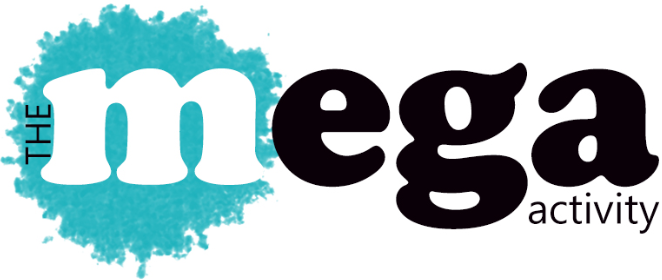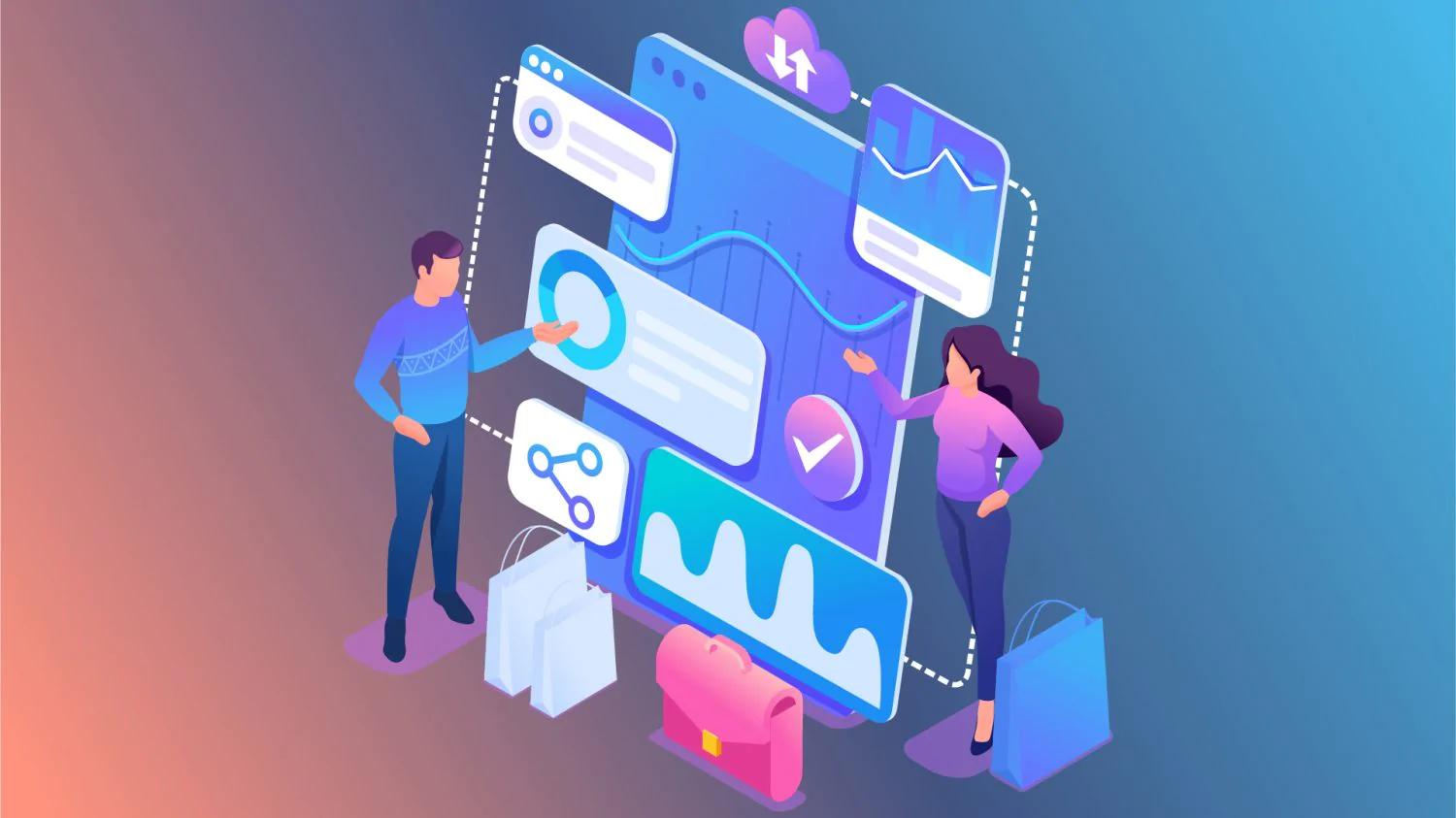social media, it is one of the largest sources of information. Nearly every consumer of a product has a presence on social media and, in most cases, they write about it. It is much simpler to obtain information about the products and services.
This is an extremely difficult job because you must avoid detection and must adhere to certain guidelines. If you’re ready for the task it is essential to be equipped with the right resources be aware of the laws and clearly define the purpose of data collection prior to starting. For a successful data scraping process Let’s look at some suggestions to help you collect the data without breaking any laws and facing legal problems.
1. Tools and Resources for Scraping
Scraping data from social media sites requires the most effective methods to get the maximum amount of information from your targeted population or audience. No matter what your objectives it is important to understand the difficulty of extracting data from social media websites. The first step is to be able to manage the pressure of removing information from images, videos as well as other posts.
To get over these hurdles To overcome these issues, you should invest in the right tools specifically designed to extract data from images and videos. Find out more to help you choose the right software for data extraction. In addition to the tools you use, it is recommended to employ AI which includes machine learning and computer vision. This combination makes extraction easier to ensure that you don’t lose any crucial information.
2. Data Collection Consent
Scraping data is not legal in the absence of consent from the intended sources of data. Thus, prior to starting collecting data, make sure that you’ve read the laws that differ according to the location of. With all of these rules in your mind, you are able to begin scraping the data legally. But, it’s recommended to check with the social media websites and get their permission, which includes the users’ permission.
If you are planning to scrape data for a long time consenting to it will spare you from the risk of committing any penalties in the near future. Today, obtaining the consent of sources for data collection is much easier as you can utilize tools such as cookies, where users click to signify their agree, which allows you to collect all of the information you require.
3. Cleaning and Analysis
Information gathered from social media sites is likely to be scattered and bundled, which could be difficult to understand. Thus, the data should be cleaned up to ensure they are in a suitable form for making decisions. The next step is to look over the data to make sure that you only have the data that is relevant and provides the necessary information for making decisions.
In the process of cleansing it is also important to eliminate redundant data, errors or that are considered to be irrelevant to reach your goals. After that, organize the data into spreadsheets, which are used to provide inputs for decision-making systems and processing. To make your work more efficient, you should examine the data using different tools such as visuals and reports. You can also use a variety of tools for data cleansing, organization and analysis tools to produce top-quality outputs and reports.
4. Goal Of Data Collection
The social media networks are massive with more than two billion active users. To extract information from these platforms, you need to reduce your efforts to collect the data you need and avoid unnecessary data. The goals for data collection can assist you in using proxy effectively to target specific users and devices to collect data. For example, a development firm can only concentrate on social media within the specific region and market they cater to.
With precise goals, you can concentrate data collection proxies around certain areas you are targeting to make a decision. With these objectives in mind, you can gather information based on key words hashtags, trends products, and other references. This makes data collection more efficient, simpler and faster. In the end it will help you avoid the hassle of collecting irrelevant and redundant information.
5. Data Scraping proxies
Social media websites will not allow you to scrape and collect data from their websites. They’re already facing a major criticism for violating consumers’ privacy rights by selling personal information. To prevent any further problems it is unlikely that they would agree to collecting any information. Thus, you could make use of a proxy pool to meet the same purpose and also use other tools such as VPN to gather the information in a discreet manner.
When using proxy servers it is important to ensure that you keep rotating and rerouting the proxy to prevent being detected. They also have a variety of security measures to stop illegal scraping of data; however proxy rotation could aid in collecting large amounts of information quickly. If the proxy is detected, it could be blocked, preventing future data collection requirements.
Conclusion
Scraping data from social media is a process that requires the proper tools and expertise to ensure you have access to the information you need. Start by defining your objectives by limiting the areas of focus and then using proxy servers to accomplish the task. After you have collected the data, you must clean then analyze it and organize it to make decisions and present requirements. When you keep these suggestions in mind, you should adhere to the regulations regarding data privacy and security.
Read more:




